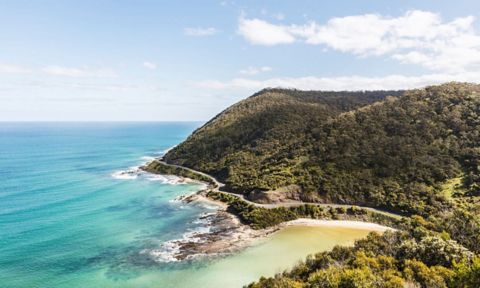Melbourne is home to some of the region's best educational institutions, including RMIT, which is ranked in the top 150 universities worldwide1.
“Studying my master's at RMIT gave me lots of opportunities for hands-on learning,” says Salman.
“For my master’s research project, I designed and developed a bandpass filter for 5G applications. My supervisor gave me guidance and mentorship, and valuable advice and feedback that helped shape my research direction... I collaborate on projects and share ideas with my colleagues, and we learn from each other. There’s lots of teamwork, and that’s invaluable in tackling the complex challenges that come with research.”
After developing a strong interest in electronics engineering throughout his master's degree, Salman decided to continue his studies at RMIT and take on a PhD.
“My PhD focuses on designing a sensor for detecting soil properties. I’m using advanced materials and fabrication methods, like 3D printing and microfluidics, to develop a sensor that meets the specific requirements of soil property measurement. RMIT’s amazing laboratories and specialist equipment allow me to conduct these advanced experiments and research.”
So what’s next for Salman once he graduates?





